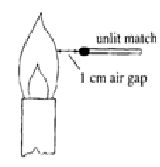Transfer Of Thermal Energy - Conduction Quiz
- ASTM C168
- ISO 8302
2.
You may optionally provide this to label your report, leaderboard, or certificate.
×
Thank you for your feedback!
















